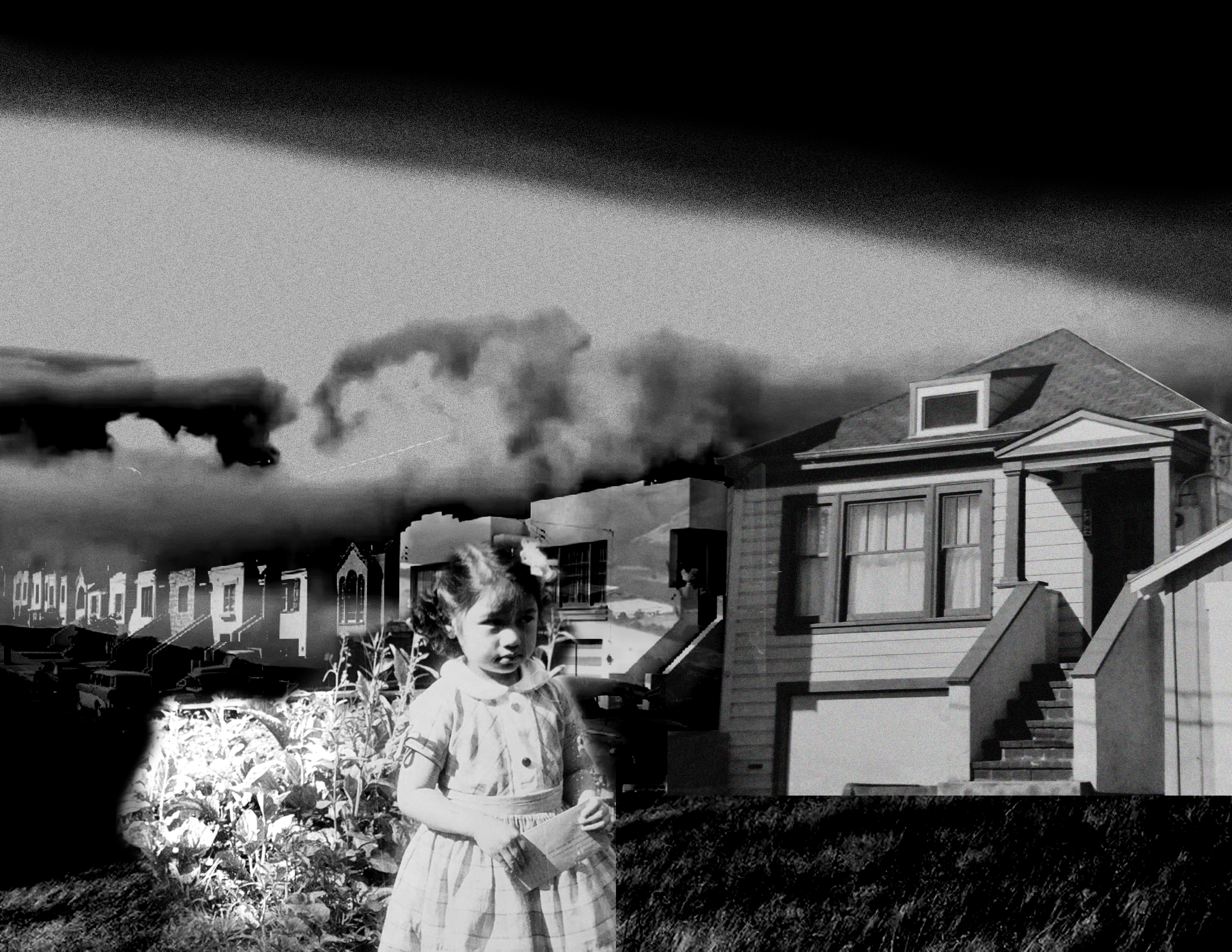UNDER THE EUCALYPTUS
San Bruno Mountain Test Plot
By Victoria Bevington
Test Plot and ULAP Fellow
This is the first time in a while I’ve been at the Test Plot alone. A nice moment to reflect on just the plants and myself, here in late fall in the middle of the hardest times for these new plantings. It’s good to see who is still here after making it through some lucky late winter rains and the typical dry summer.
I was there on the day these plants were put in (March 2023), and I often think back about how fortunate we were that it rained immediately the day after they went into the ground. As much as I want to report on how the activity of the human stewards of this piece of land has affected their survival, so much of it seems to be about fluctuating environmental factors which no one can control. If it had been a winter as thirsty as the previous year’s, how different would things look here?
Our intent when developing the Test Plot was to examine what plants would survive under the eucalyptus canopy, and what some rudimentary maintenance would do to help along their chances. There is no supplementary irrigation, no gopher cages although we’ve established a fence around the plot to keep out the aggressive San Bruno Mountain rabbit population.
Again, our variables are nullified by huge inhuman factors. The eucalypts around us have decided that everything is to be mulched by their leaf fall. The allelopathic qualities of these leaves as they decompose is something else we may want to monitor.
San Bruno Mountain Test Plot
By Victoria Bevington
Test Plot and ULAP Fellow
DATE: November 13 2023
This is the first time in a while I’ve been at the Test Plot alone. A nice moment to reflect on just the plants and myself, here in late fall in the middle of the hardest times for these new plantings. It’s good to see who is still here after making it through some lucky late winter rains and the typical dry summer.
I was there on the day these plants were put in (March 2023), and I often think back about how fortunate we were that it rained immediately the day after they went into the ground. As much as I want to report on how the activity of the human stewards of this piece of land has affected their survival, so much of it seems to be about fluctuating environmental factors which no one can control. If it had been a winter as thirsty as the previous year’s, how different would things look here?
Our intent when developing the Test Plot was to examine what plants would survive under the eucalyptus canopy, and what some rudimentary maintenance would do to help along their chances. There is no supplementary irrigation, no gopher cages although we’ve established a fence around the plot to keep out the aggressive San Bruno Mountain rabbit population.
Again, our variables are nullified by huge inhuman factors. The eucalypts around us have decided that everything is to be mulched by their leaf fall. The allelopathic qualities of these leaves as they decompose is something else we may want to monitor.

General
- Mulch vs nonmulch sections don’t make much of a difference - the overhead Eucalyptus have mulched them all
- A few common weeds returning: grasses, sow thistle, meadow vetch and weedy geraniums
- Blackberry sprouts everywhere; ones we flipped back along the fence are still alive. They are particularly prolific in freshwater seeps and marsh section; wettest region
Prairie + Grassland Section
- Some existing miners’ lettuce returning
- Phacelia californica doing great
- Clarkia rubicunda dead
- Gopher activity has done a lot of damage
Oak Woodlands
- Artemisia douglasiana doing particularly well
Freshwater Seeps + Marsh
- Cornus seneca vastly differing in sections, but I suspect the mulch vs nonmulch is not a factor
- Helenium puberulum + Symphotricum chilense doing well
- Gopher activity here as well
Coastal Sage Scrub
- Lovingly planted yarrow and Epilobium doing well




Community Activity
We’ve done so much this past summer and into the fall! In no particular order: work with Yoni Carnice and ULAP, a cultural collective centering the stories and work of Pinoy creators in and around the Bay, particularly around Daly City. We’ve done art and flower-arranging workshops with community elders, and a visit with a legendary Daly City artist, and have further plans for the winter. ULAP also just launched its new website, where you can find resources and records of our various projects.
We’ve done several interpretive events in and around the Test Plot, including a Red Elderberry hike and Eucalyptus Hike. Both walks were an exciting way to further explore the surrounding landscape through the lens of these two specific species. And, of course, we did a number of work days at the site that involved mulching, weeding, planting, and monitoring species composition and survivorship.
My own work involved interviewing members of my family and weaving what I learned with voices from the community. Earlier this year, we put out a community survey that, while asking practical questions about public familiarity and uses of the mountain, also collected more poetic answers to questions like “Why do you think Daly City is so foggy?
I created a zine that enfolds the answers into a written piece, mixed together with interviews I conducted with members of my family. I talked with my mom and my uncles, who themselves were second-generation immigrants, illustrated the difficult experience of growing up Asian-American in a Daly City that had not yet become the Pinoy Capital of the Bay Area. I also interviewed my brother, and with his experiences and mine, tried to briefly sketch a portrait of my family and its complicated diaspora.









